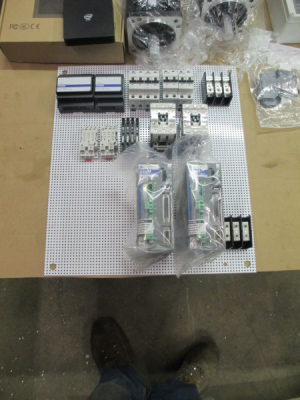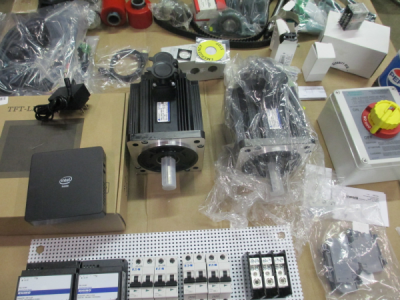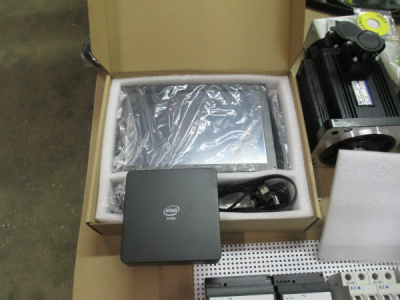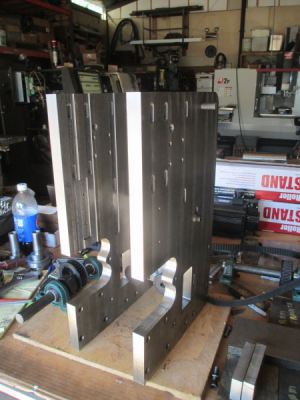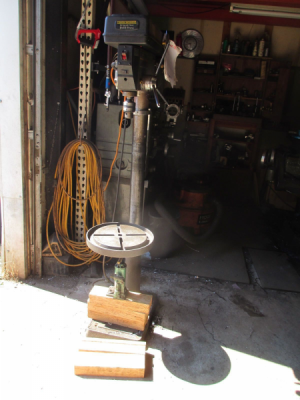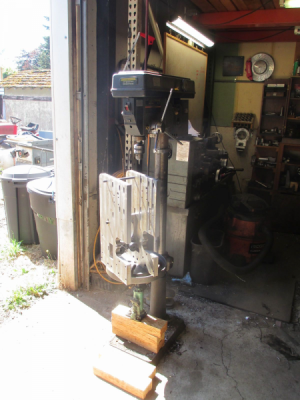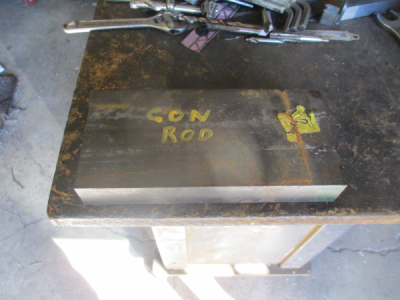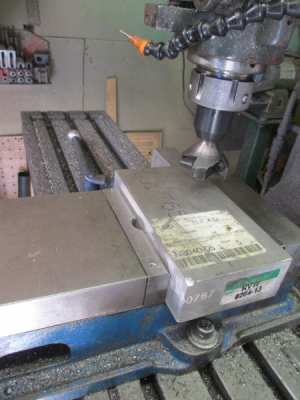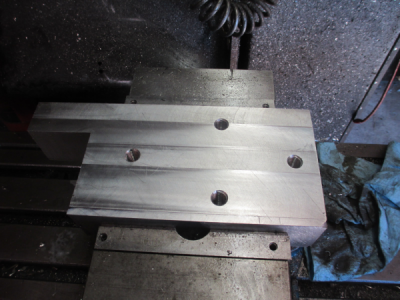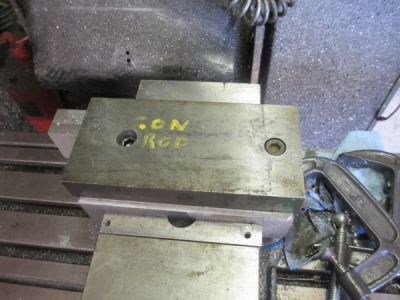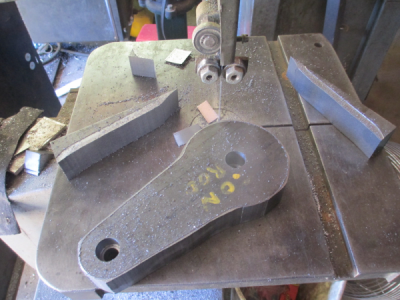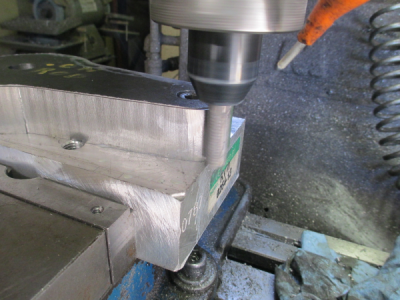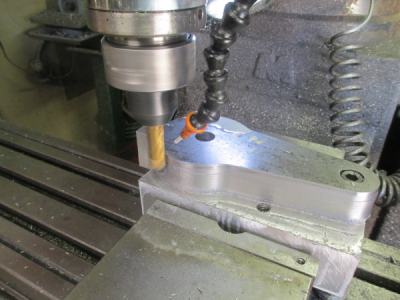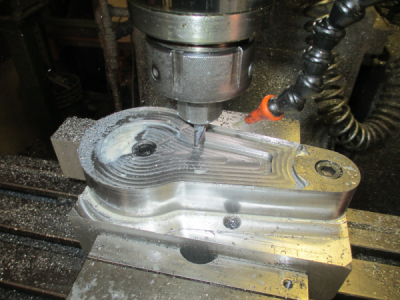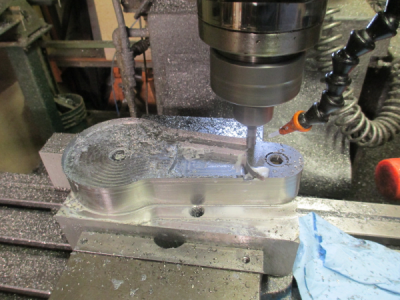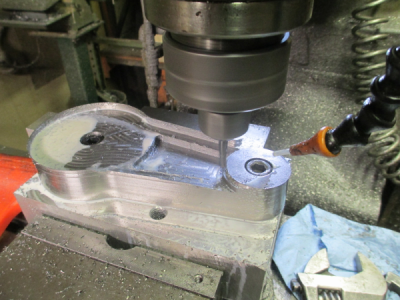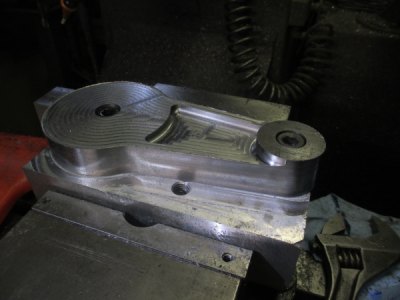- Joined
- Feb 8, 2014
- Messages
- 11,176
A customer asked me to build a special high speed punch press for punching some plastic parts from a strip. I can't go into any product detail, but I can give the general specifications for the machine.
Target speed: 600 hits/min, more realistically 300 or so I'm guessing.
On-the-fly infinitely variable feed length from 1 inch to 6 inches
Easily adjustable for different punch patterns.....More on this later.
Because it's punching plastic, a push-pull feed system
1.8KW servo drives on both the feed and crankshaft drive.
Touch screen operator interface.
2 axis Galil motion controller
Just a teaser picture...I'll post more later
One of the side frames 12x20x1 A36 steel
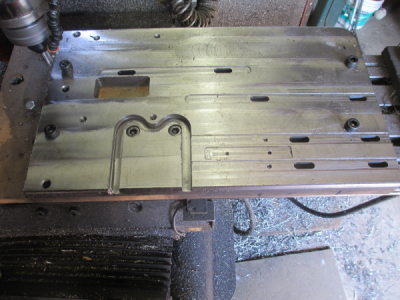
Target speed: 600 hits/min, more realistically 300 or so I'm guessing.
On-the-fly infinitely variable feed length from 1 inch to 6 inches
Easily adjustable for different punch patterns.....More on this later.
Because it's punching plastic, a push-pull feed system
1.8KW servo drives on both the feed and crankshaft drive.
Touch screen operator interface.
2 axis Galil motion controller
Just a teaser picture...I'll post more later
One of the side frames 12x20x1 A36 steel


